Wedding Lasso: Tying the Knot with Timeless Rituals
For countless generations, the wedding lasso has held deep cultural and spiritual significance in matrimonial ceremonies. A simple yet profound symbol of unity, the lasso ritual binds not only the couple but also their histories, dreams, and shared future. This article delves into the timeless tradition of the wedding lasso, tracing its origins, understanding its rich symbolism, and highlighting its material elegance.
The Historical Roots of the Wedding Lasso Tradition
The wedding lasso, known in some cultures as “el lazo,” boasts a rich tapestry of history deeply rooted in Hispanic customs. Predominantly celebrated in Catholic ceremonies, the tradition finds its origins in ancient times, symbolizing unbreakable bonds and the unwavering commitment between two individuals. Though modern ceremonies often associate it closely with Mexican weddings, its footprints can be traced back to Spain and the Philippines. It served as an emblem of unity, with its design often reflecting the couple’s intertwined destinies and eternal love.
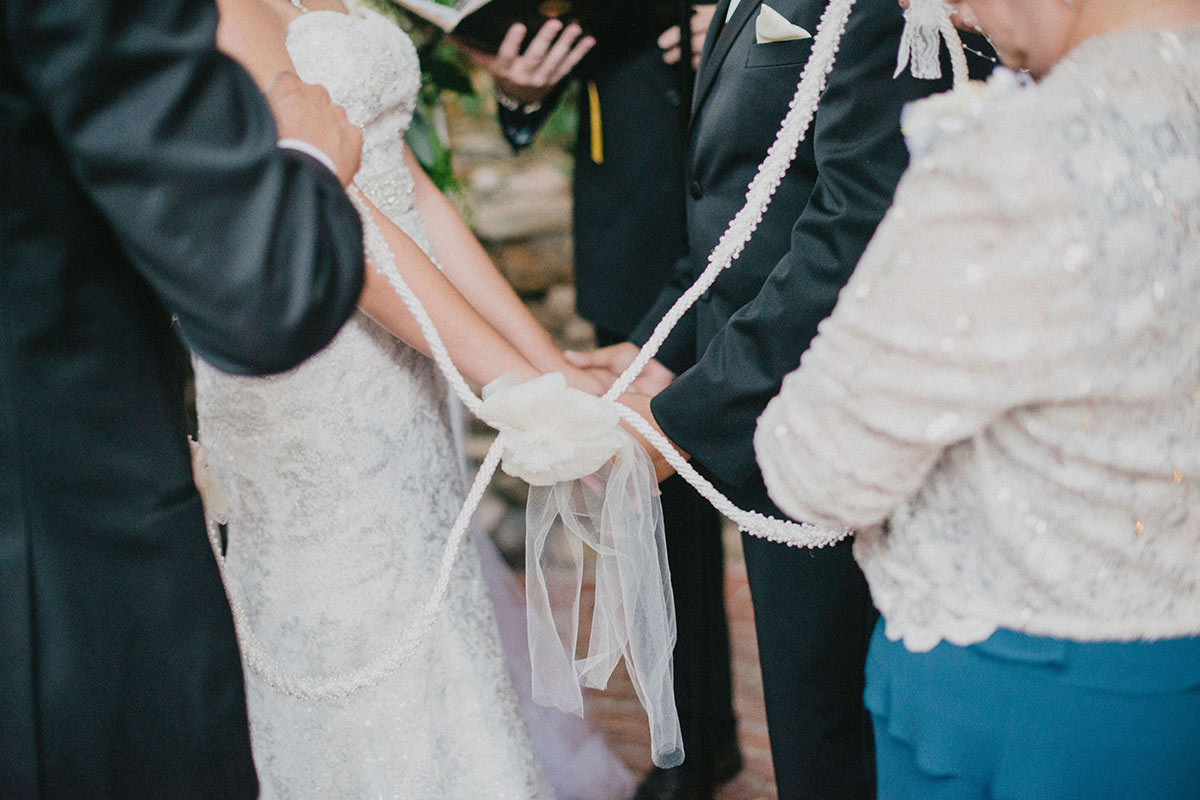
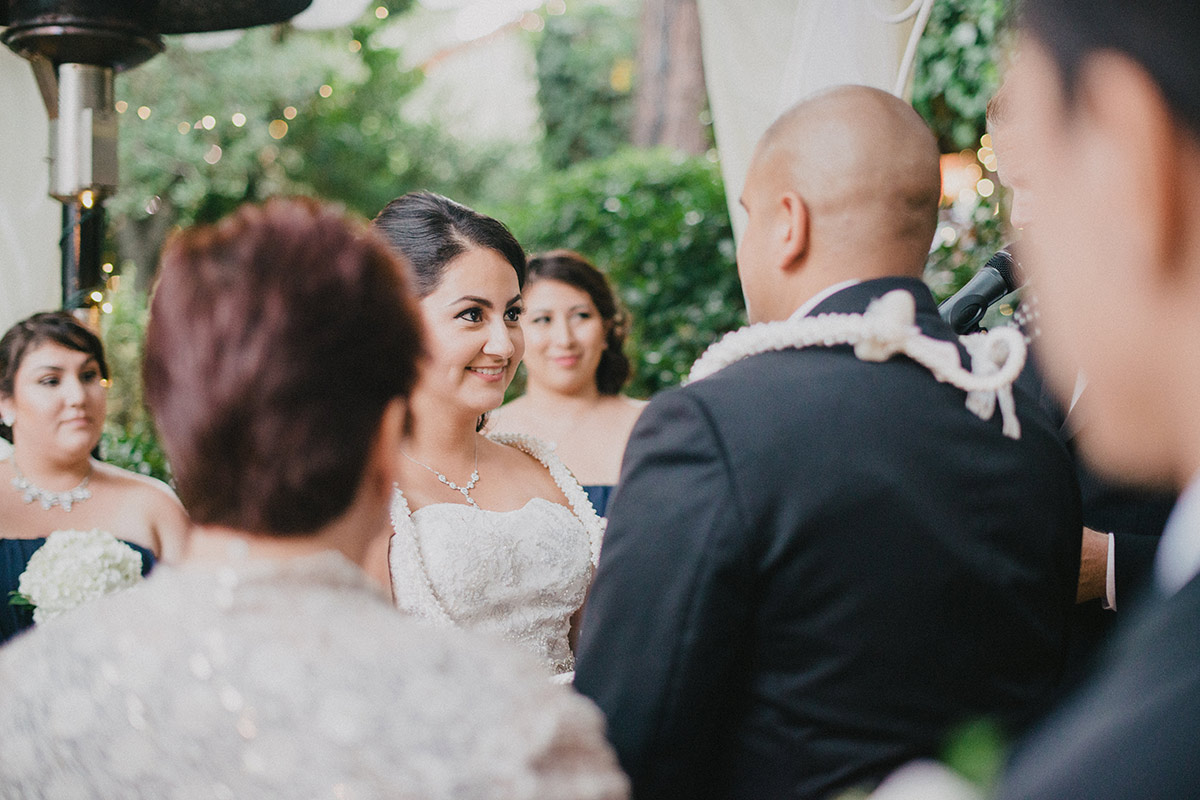
Over centuries, the lasso ritual evolved and adapted to various regional nuances and interpretations. Initially, it may have been a simple cord or rope that was ceremoniously draped around the couple. However, as it traveled across borders and mingled with local customs, it began to adopt different materials and forms, from beaded designs to ornate chains. Yet, despite its many transformations, the core essence of the lasso remains unchanged: a profound symbol of two souls bound together, marking the beginning of a shared journey in matrimony.
Understanding the Symbolism: Unity and Eternity
At its core, the wedding lasso ritual captures the essence of two lives becoming one. When draped over the couple, the lasso forms an infinite loop, representing an unending bond and the eternity of marriage. In religious contexts, it signifies the protective circle of God’s love, where the couple is shielded from external influences and challenges.
Additionally, the act of placing the lasso can be seen as a representation of the couple’s mutual responsibilities and shared destinies. As the lasso binds them, it serves as a reminder that they are no longer two distinct individuals but a united pair, working together through life’s ups and downs. The lasso, therefore, becomes not just a ceremonial accessory but a profound emblem of commitment and shared journey.
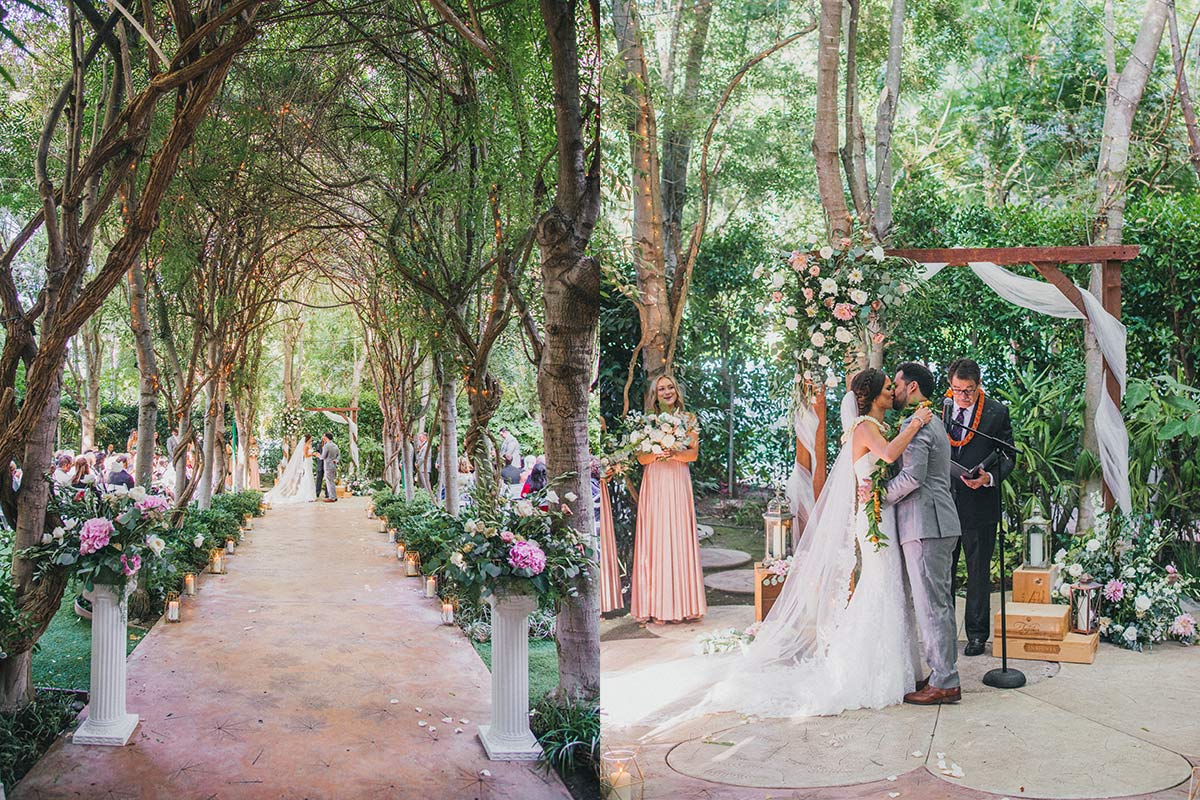

The Materials: From Beads to Crystals and Everything In Between
The beauty of the wedding lasso lies not only in its symbolism but also in its aesthetic appeal. Historically made from simple cords or ropes, today’s lassos have evolved into intricate masterpieces, reflecting the couple’s taste, culture, and the grandeur of the occasion.
Craftsmen and artisans pour their creativity into designing lassos, using a range of materials from delicate beads to shimmering crystals. In some traditions, rosary beads are employed to add a touch of faith and reverence to the ceremony. Meanwhile, others opt for satin ribbons, silver chains, or even fresh flowers to align with the wedding’s theme.
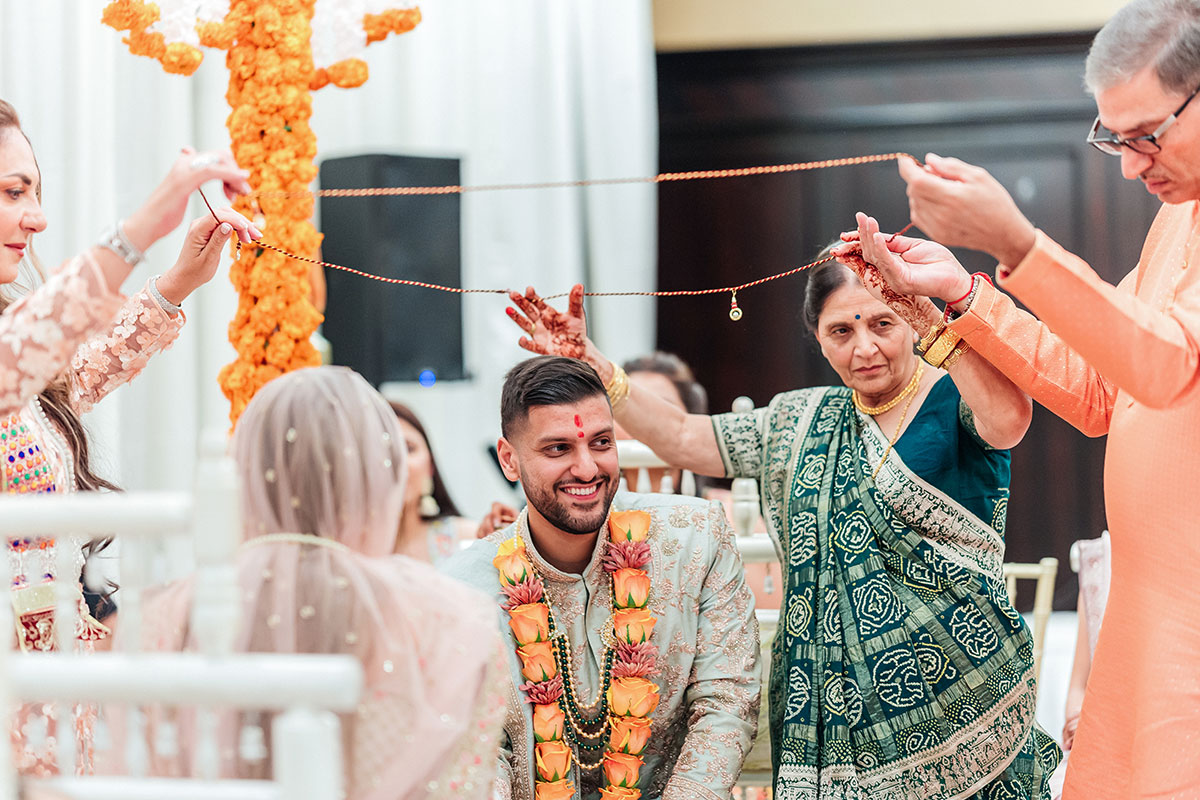
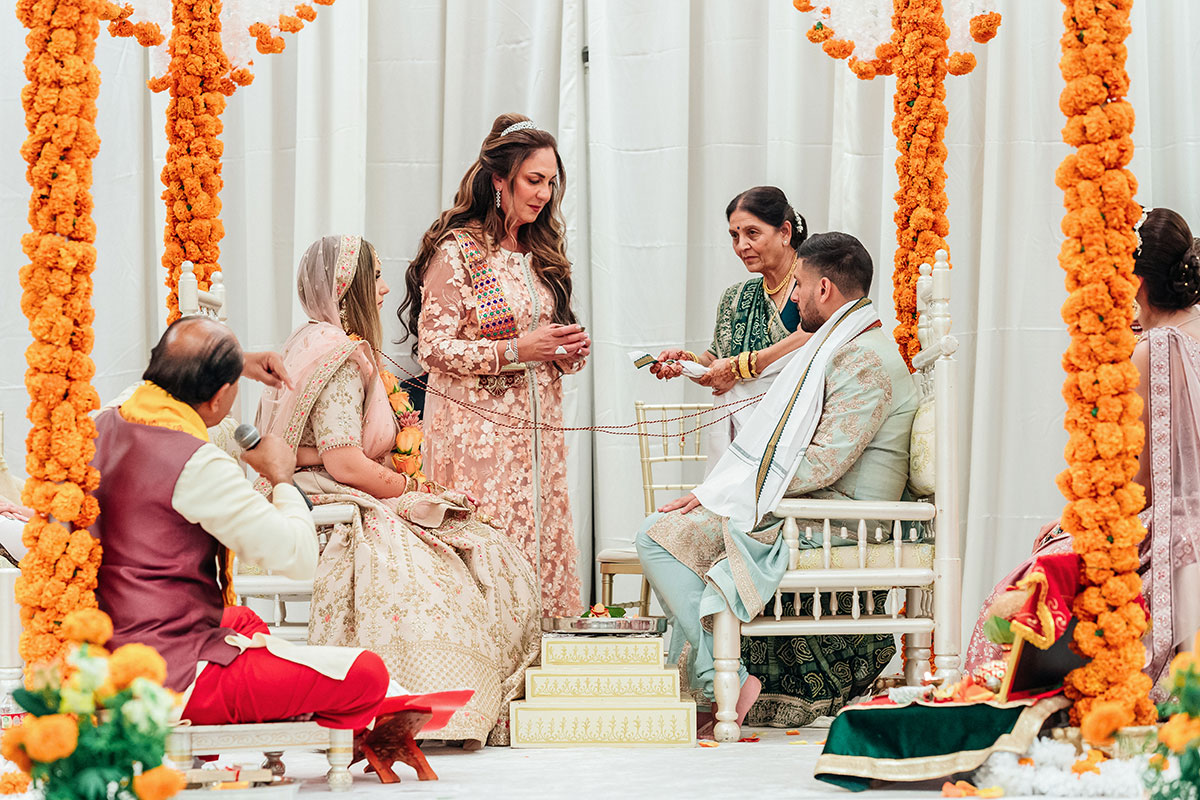
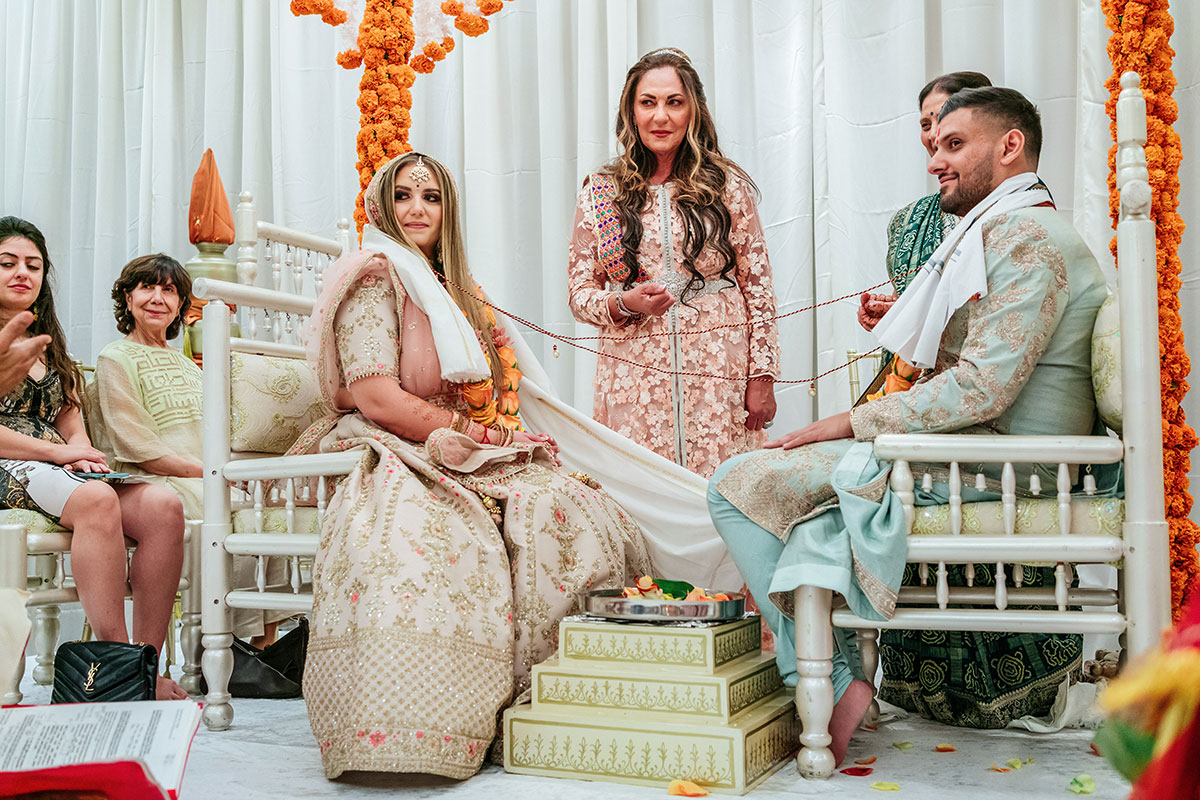
The choice of material often tells a story in itself. For instance, a lasso made of gold links might symbolize wealth and prosperity, while one crafted from flowers could represent blooming love and natural harmony. Today, couples have the liberty to customize their lassos, ensuring they resonate with their unique love story and aesthetic preferences.
Key Players in the Lasso Ceremony: Roles and Responsibilities
In any wedding lasso ceremony, various participants play a crucial role in ensuring that the ritual unfolds seamlessly. Most traditional ceremonies designate specific family members or friends to handle the lasso, emphasizing its importance within the larger context of the wedding.
Typically, the “padrinos” or godparents of the couple have the honor of placing the lasso around the couple. They are chosen for their wisdom and life experience, symbolizing guidance and support for the newlyweds. In some ceremonies, close family members, like parents or siblings, take on this role, emphasizing family unity and the merging of two families. Their role is not merely ceremonial; they often act as mentors, providing counsel and guidance to the couple throughout their marital journey.
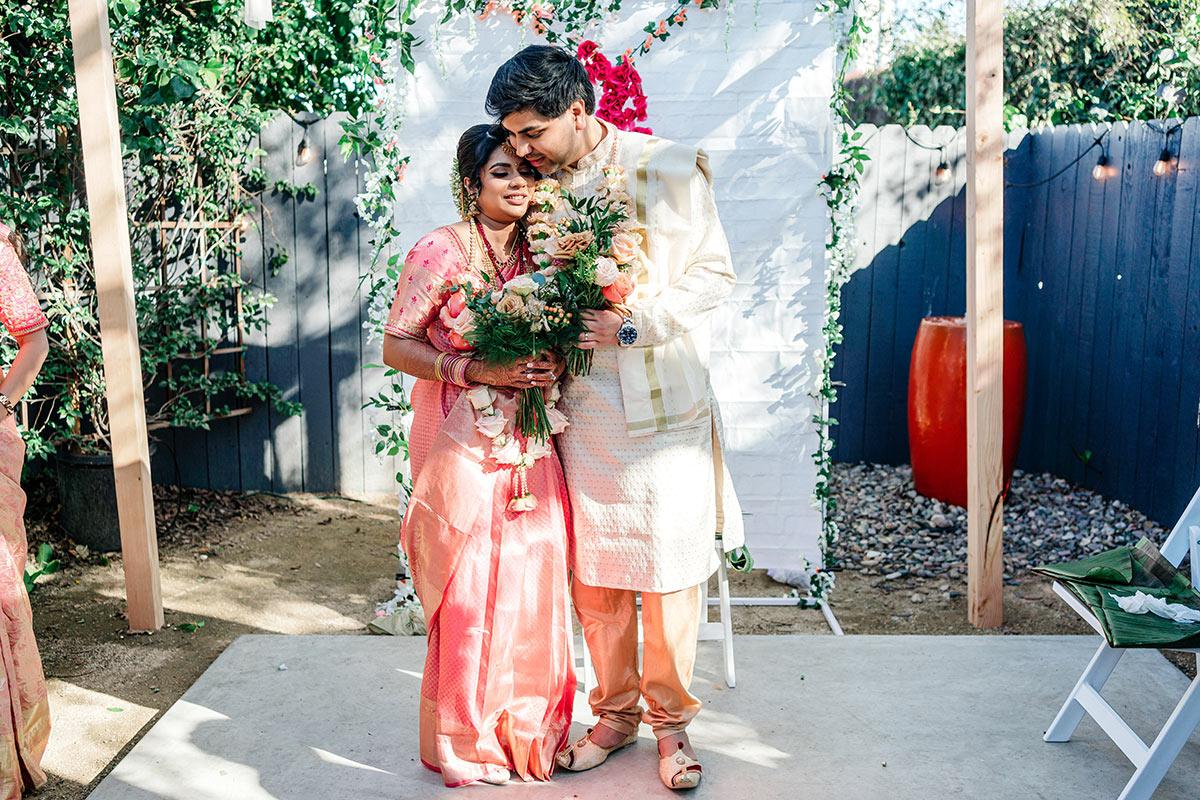
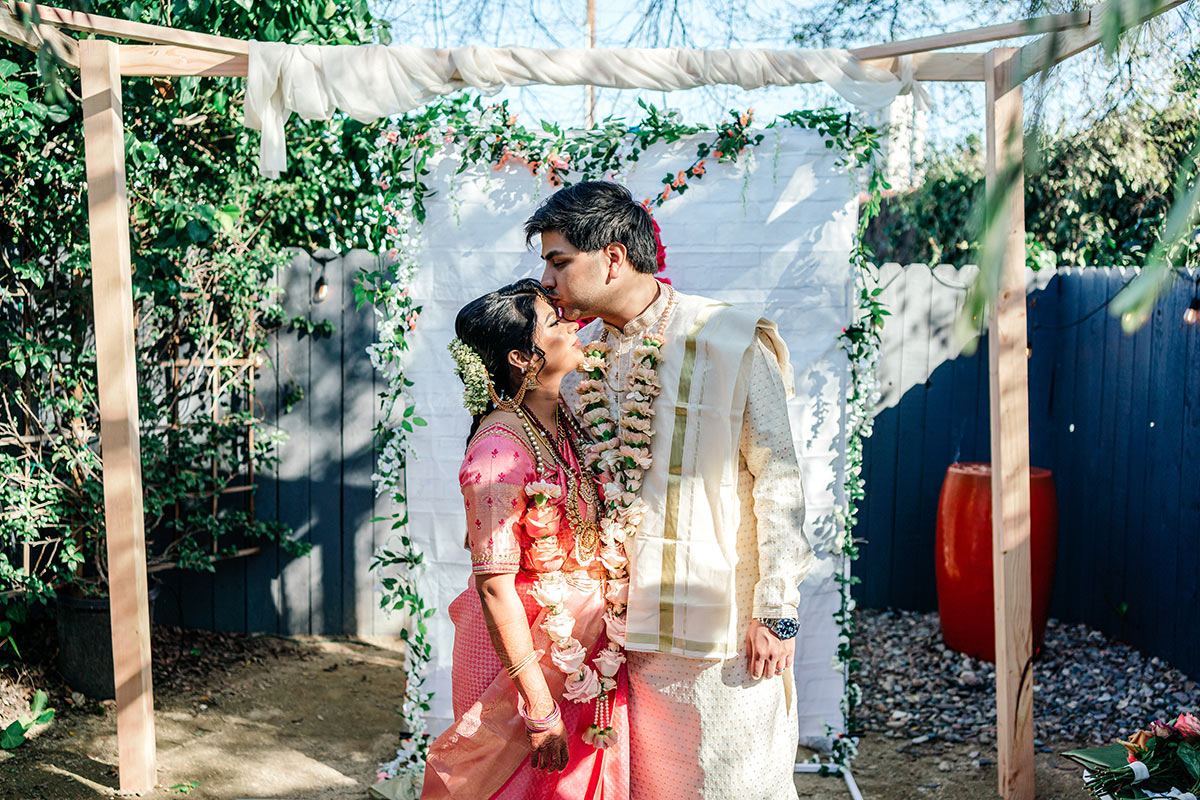
Step-by-Step: The Proper Way to Conduct the Lasso Ritual
- Choosing the Lasso: Before the ceremony, the couple, together with their family or the padrinos, selects a lasso that resonates with their beliefs, aesthetic preferences, and the wedding’s theme.
- Introducing the Ritual: As the ceremony progresses, the officiant or priest introduces the lasso ritual, explaining its significance to the attendees, ensuring everyone understands its profound meaning.
- Placing the Lasso: At the designated time, typically after the exchange of vows, the padrinos or chosen family members approach the couple. They gently drape the lasso around the couple, looping it over their shoulders or wrists. The lasso forms an eight or infinity symbol, representing eternal unity.
- Blessing the Union: The officiant or priest then offers a prayer or blessing, asking for divine protection, guidance, and prosperity for the newlyweds.
- Removing the Lasso: Towards the end of the ceremony, before officially announcing the couple as married, the padrinos or family members carefully take off the lasso. This act symbolizes the couple’s readiness to embark on their life together, strengthened by the bonds they’ve just created.
A Global Perspective: How Different Cultures Embrace the Lasso Ceremony
The lasso ceremony, while deeply rooted in Hispanic traditions, resonates with various cultures around the globe. Each culture tailors the ceremony to its unique customs, infusing it with layers of meaning and nuances.
For instance, in Filipino weddings, participants drape the lasso, often made of white cord or flowers, in a figure-eight around the couple to symbolize their crowned and eternal union. Similarly, some African traditions employ cords or chains to link the couple, marking their intertwined destinies.
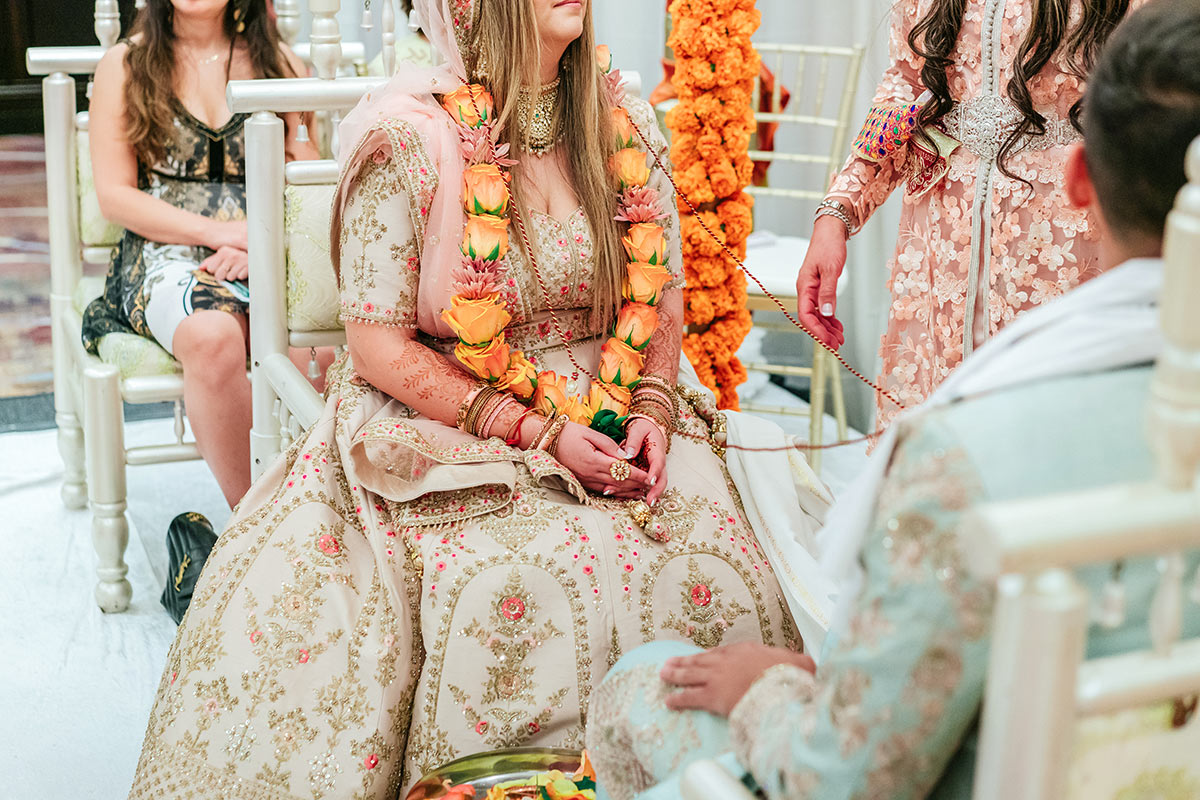
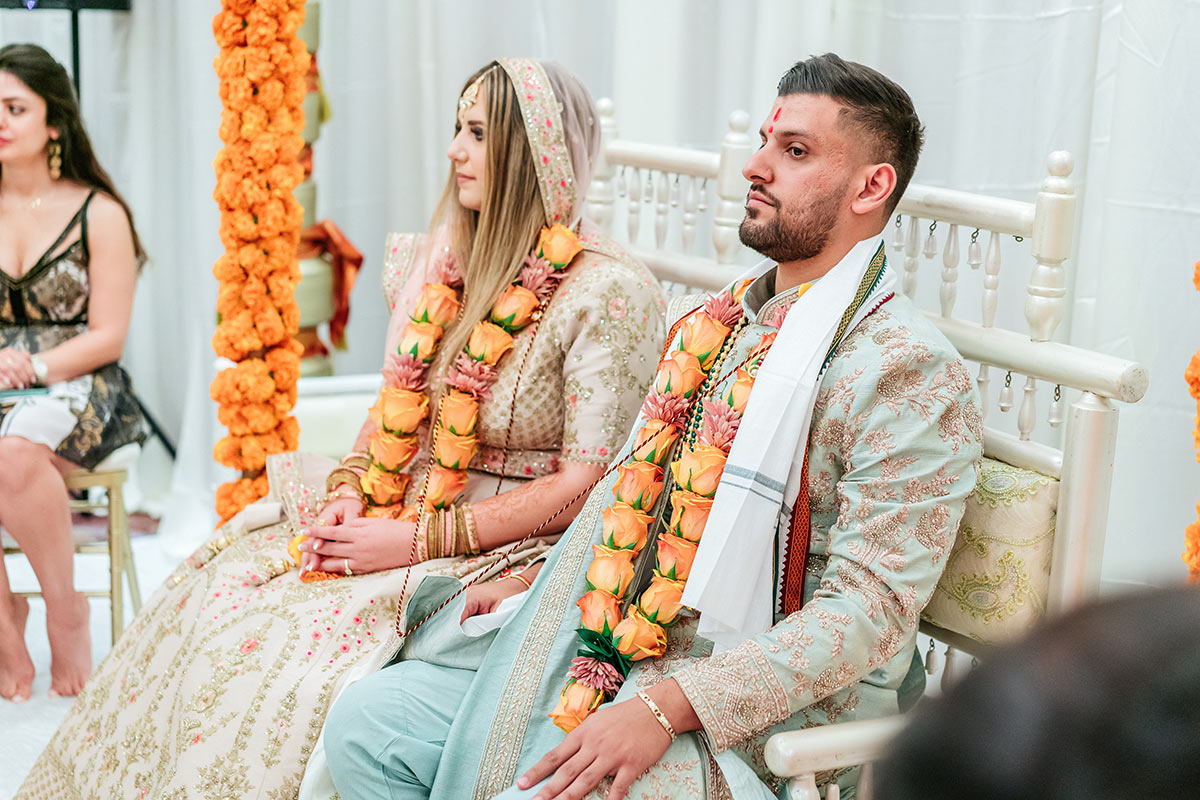
In modern Western weddings, couples of diverse backgrounds are increasingly incorporating the lasso ceremony, seeing it as a beautiful and symbolic way to represent unity. Some use materials that resonate with their cultural heritage or personal stories, ensuring the lasso ceremony is both traditional and deeply personal.
Incorporating the lasso ceremony reflects a broader trend of blending traditions, highlighting the beauty of intercultural exchanges and the universality of love and commitment.
Personalizing Your Wedding Lasso: Design Ideas and Inspiration
The wedding lasso, while steeped in tradition, offers a canvas for couples to inject their personal touch. This blend of time-honored ritual and personalization ensures that the ceremony remains both meaningful and uniquely tailored to each couple.
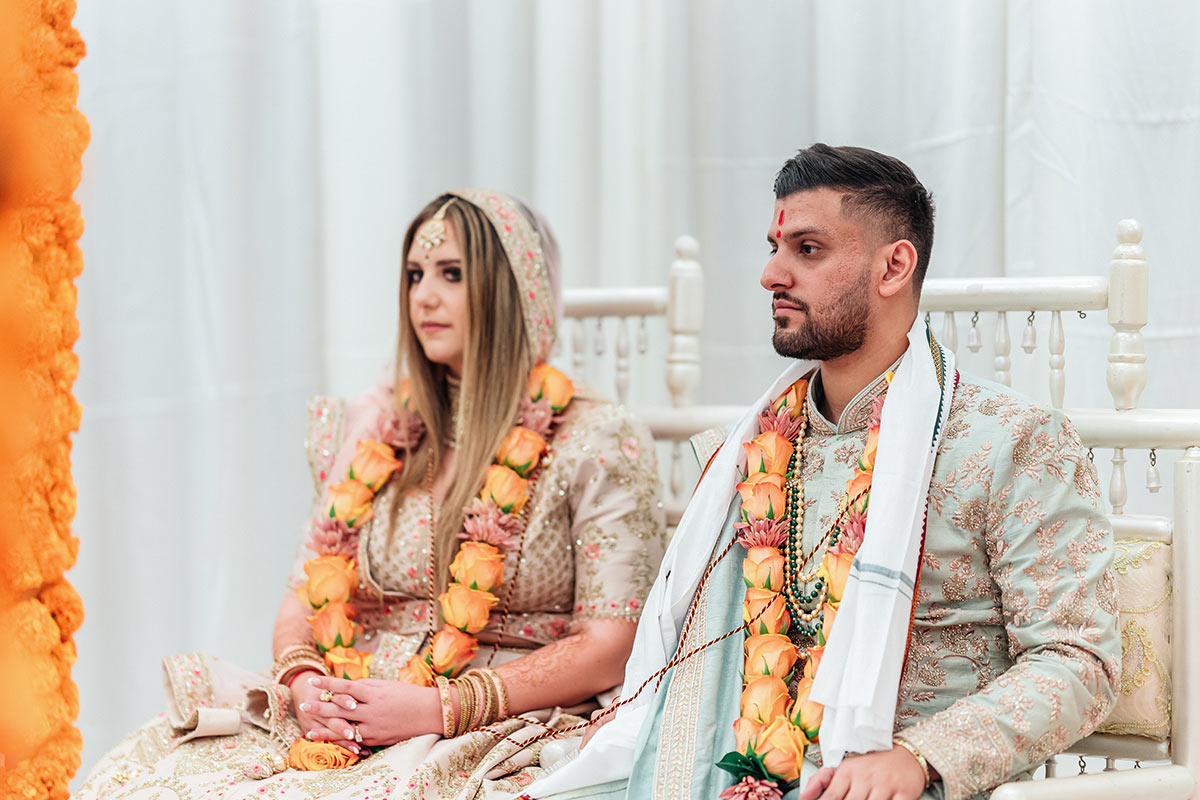
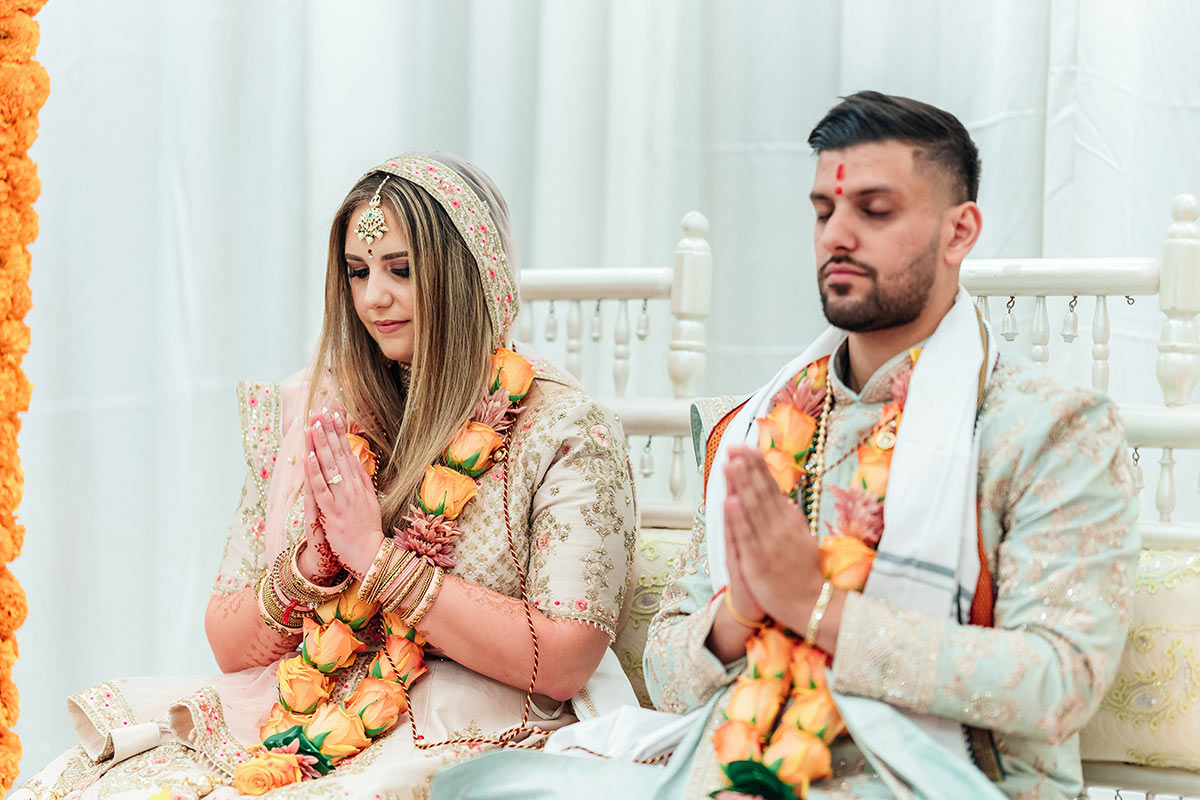
Many couples opt to incorporate elements that resonate with their love story. For instance, a couple who shared their first date on a beach might choose a lasso adorned with seashells. Another couple, bonded over a shared love of music, could intertwine musical notes or charms resembling instruments into their lasso’s design. Couples can choose the material, color, and embellishments to reflect significant moments, shared dreams, or mutual passions. Additionally, they can weave heirlooms into the lasso, such as a piece of grandma’s wedding dress, a bead from mom’s bridal veil, or a small pendant passed down through generations. These additions not only beautify the lasso but also infuse it with layers of family history, connecting the past with the present.
Guest Participation: Engaging Loved Ones in the Lasso Ceremony
While the act of draping the lasso typically involves the padrinos or select family members, there are ways to involve more guests, making the ceremony even more special and inclusive. One method is to have the lasso passed among guests before the ceremony. Each guest can hold the lasso for a moment, infusing it with their blessings, prayers, or wishes for the couple. This turns the lasso into a conduit of collective goodwill, carrying the energy and love of everyone present.
Another idea is to incorporate readings or songs during the lasso ceremony. Selected guests can share poems, scriptures, or songs that resonate with the theme of unity and commitment. This not only adds depth to the ritual but also offers a platform for loved ones to actively participate in and contribute to the couple’s sacred moment.
Beyond the Wedding: The Lasso’s Influence on Marital Bonds and Unity
The wedding lasso ceremony is not merely a highlight of the wedding day; its influence reverberates long after the celebrations. The lasso becomes a poignant symbol of the couple’s vows and commitments, a tangible reminder of their promise to remain united in face of life’s challenges.

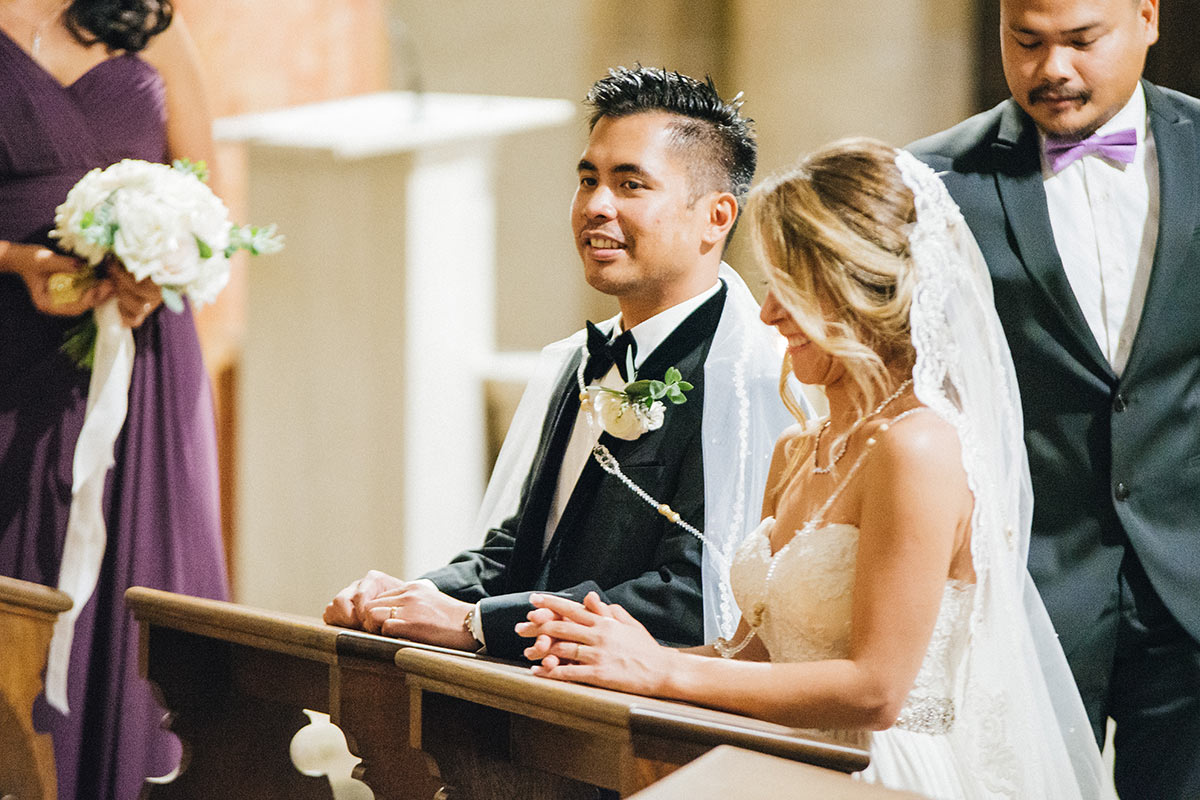
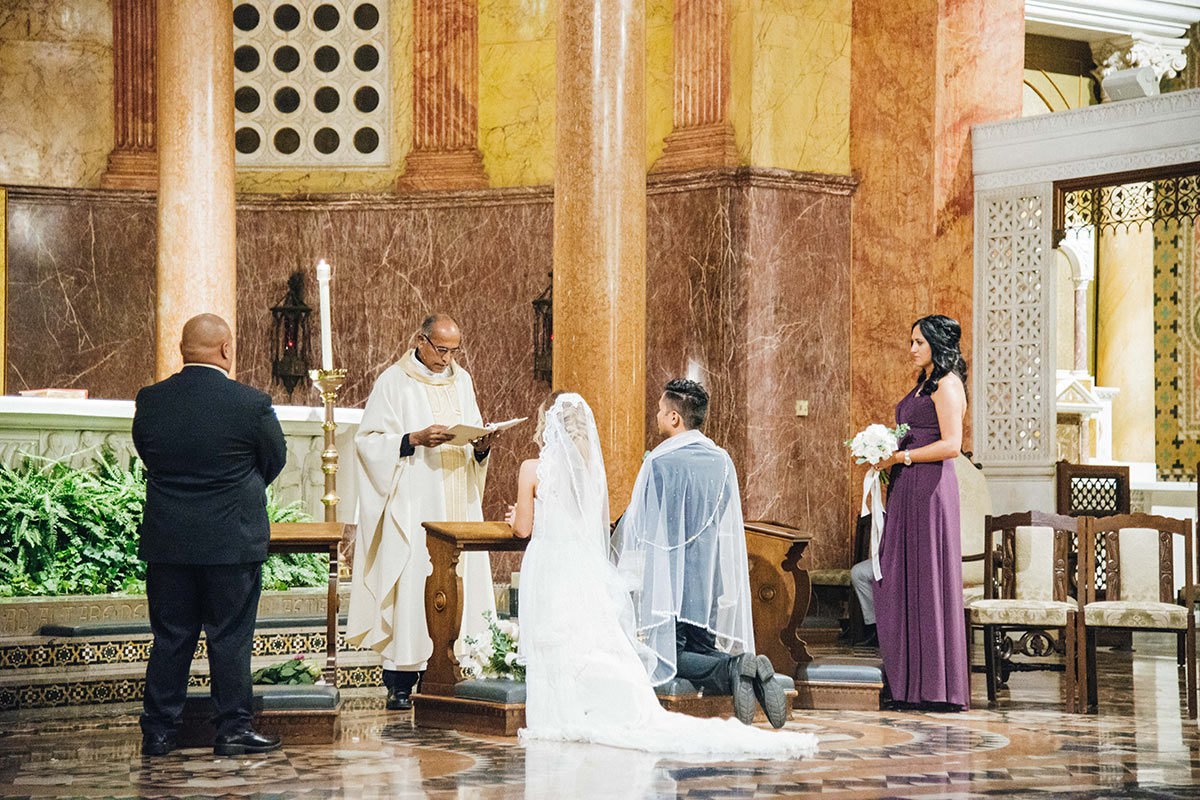
Many couples choose to display their wedding lasso in their homes, turning it into a daily reminder of their vows and the love they share. It serves as a focal point during challenging times, encouraging the couple to revisit the promises they made to each other and to find strength in their unity.
Furthermore, as anniversaries roll by, the lasso can be incorporated into celebrations, allowing the couple to reaffirm their vows and rekindle the spirit of their wedding day. Capturing these moments with a professional photographer is invaluable. The vivid snapshots not only freeze these heartfelt moments in time but also serve as beautiful keepsakes that future generations can look back on. Some couples even pass the lasso down to their children, turning it into a cherished family heirloom that carries the legacy of love, commitment, and unity through generations.
